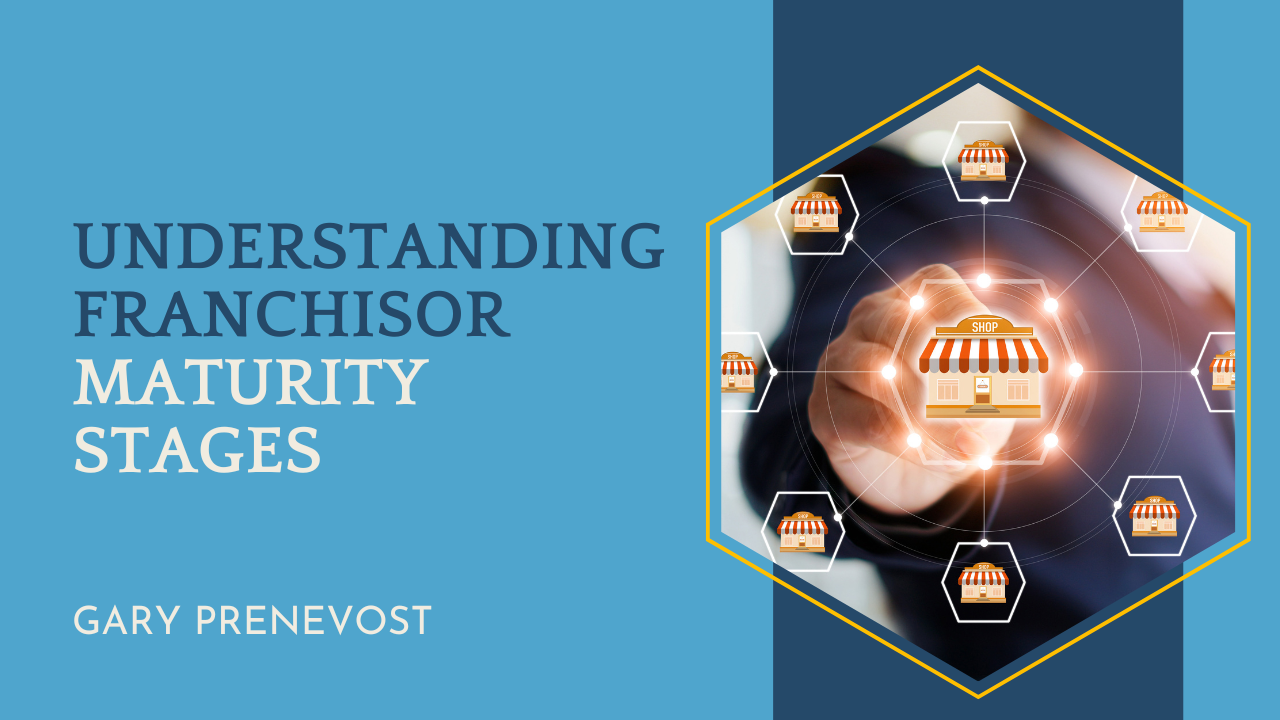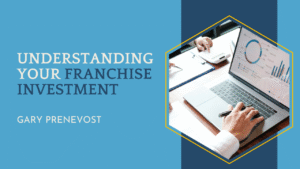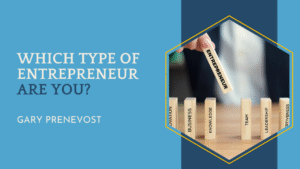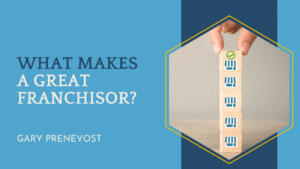Many people consider franchise ownership as a strategy to mitigate risk when they’re going into business. What we’re going to look at today is non-financial risk and the stage of maturity of the franchisor. It’s important to understand when you’re looking at franchise ownership, what the four stages of franchisor maturity are.
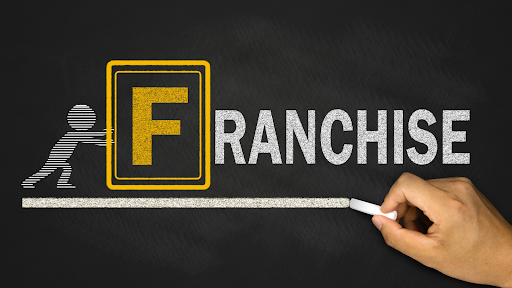
Micro Emerging Franchises
The first stage is what I call micro-emerging franchises. This is where the franchisor may have been running the business for several years but is just starting out as a franchise. They may have no franchises, are looking for the first one or two, or may have up to 10 franchises. These are what I call the baby franchisors. Now, the opportunity with the baby franchisors, the micro-emerging group, is that you get the chance to be part of something brand new. You are often in the formative stages, working closely with the franchisor and influencing the shape of the brand as it grows.
But there are a lot of challenges. See, you’ve got no systems and processes. The franchisor is working with you to build those, and they will evolve over time. You are actually the alpha-test or the beta-test franchisee, and for a lot of people, that’s too much risk. We know the systems will evolve. There’s no brand, no marketing that’s really been set up. So all of that is evolution. It creates the highest level of risk.

Emerging Franchises
The next stage is emerging franchises. This is when franchisors have 11 to 75 franchisees in the system. I see this as the phase where franchising really comes into its own, because somewhere around that 15 to 20 franchisee base, the magic of franchising starts to happen. This is where the systems and processes are starting to be proven. It has usually taken several years for these franchisees to get up and running.
So you’ve got a base of experience, and you’ve got multiple markets that they’re experienced in. This creates lots of opportunities to grow because the franchisor is still expanding into many markets. You have a developed leadership team and established systems and processes.
One of the primary disadvantages of this stage is that there is no established brand yet. It often takes 10 to 12 years for a brand to really reach potency. So, while you’re getting an early market opportunity, you’ll need to put in some work with that to help build the brand in your own market.
Want to learn more? Check out my post on stages three and four or book a call with me, I’ll be happy to have a one-on-one discussion with you.
Originally posted on LinkedIn

